Written by Tony Medici
[Additional comments by Thom are in italics and brackets, like this]
The morning convention at the water hole this morning.
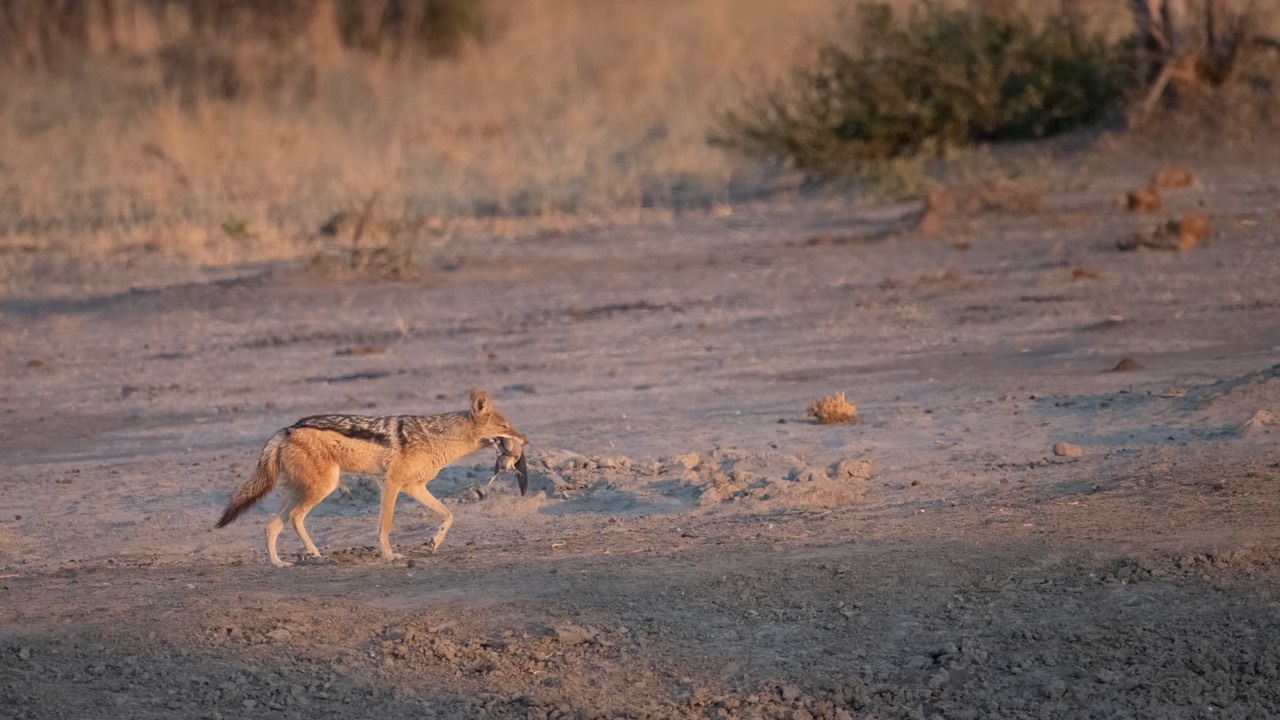
Moving from Mobile Camp to Mobile Camp
Last night at dinner, we were reminded that this morning we would be taking all our gear and luggage with us in the safari vehicles during the drive today since we will be leaving this morning from our camp in Savuti and arriving tonight in a totally different location within Chobe National Park. The crew had started packing parts of the camp during yesterday’s afternoon drive with the packing of the dining tent, which leaves the dining table open to the stars during diner. While we were eating dinner, all the tent showers were also taken down to get them ready for travel. As soon as we depart camp, the crew takes down the final bits and packs everything else remaining in preparation for the day's quick move.
Our Safari plans are to hang out in the Savuti area until we get the radio message that the truck is packed and they are on their way to the Serondella area of Chobe National Park, which I will refer to as Chobe. That will occur between 2-3 hours after we left camp so figure we’ll spend 3-4 hours in Savuti this morning prior leaving the area and heading for Chobe. That leaves us plenty of time prior to leaving Savuti this morning to visit the marsh area and the water hole along with stopping to see some historical rock paintings before driving north.
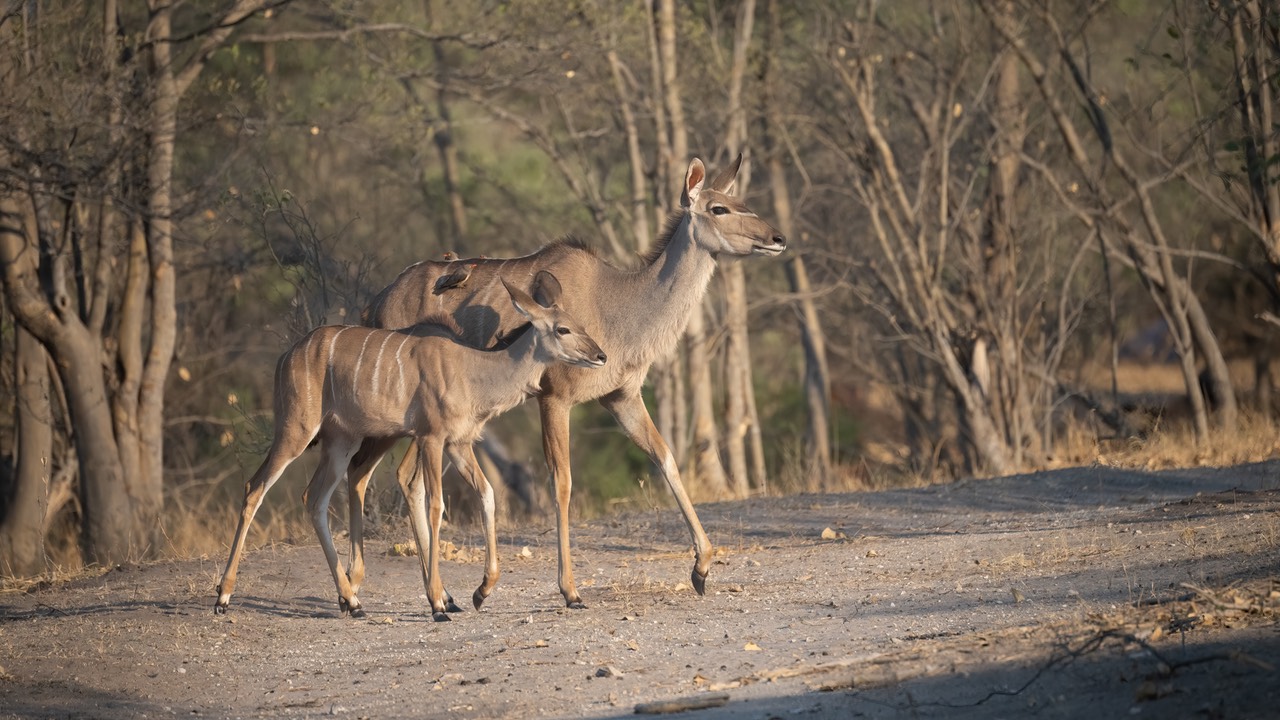
A mother Kudu and her young with some red-billed oxpeckers along for the ride.
A Southern Ground Hornbill with their breakfast.
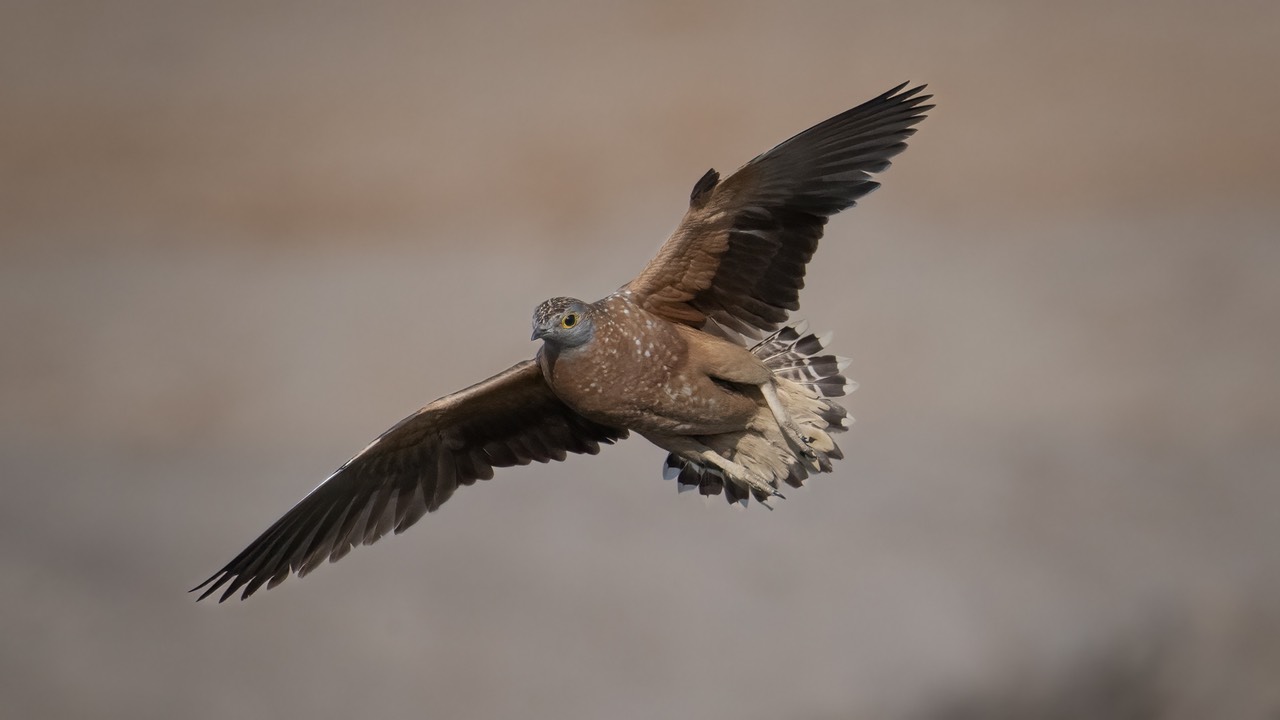
Burchell’s Sandgrouses flying around the water hole.
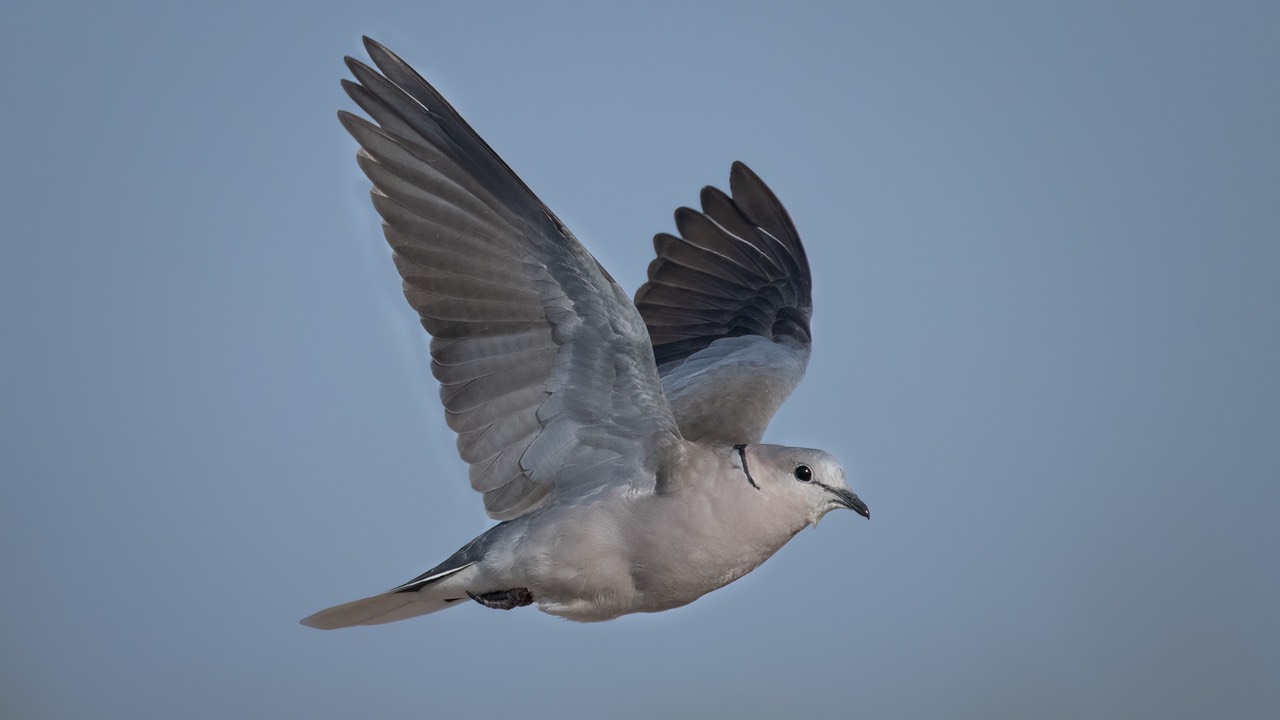
One of the many Cape Turtle Doves flying around the water hole. Do they coo bots-wa-na, drink-law-ger, or work-hard-er? No one knows. But their sound is ubiquitous throughout the day.
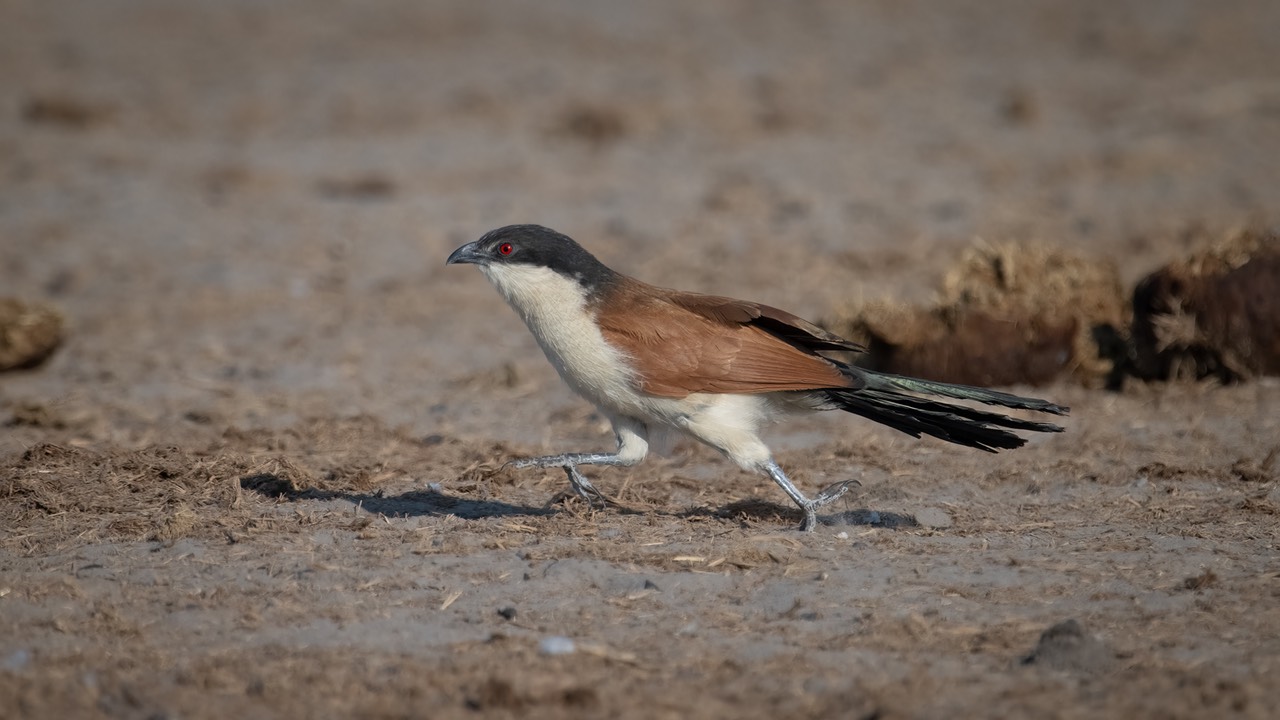
A Senegal Coucal on the move next to the water hole.

My version of the waterhole line-up shot. This one of Impala’s, with some helmeted guineafowl thrown in for variety.
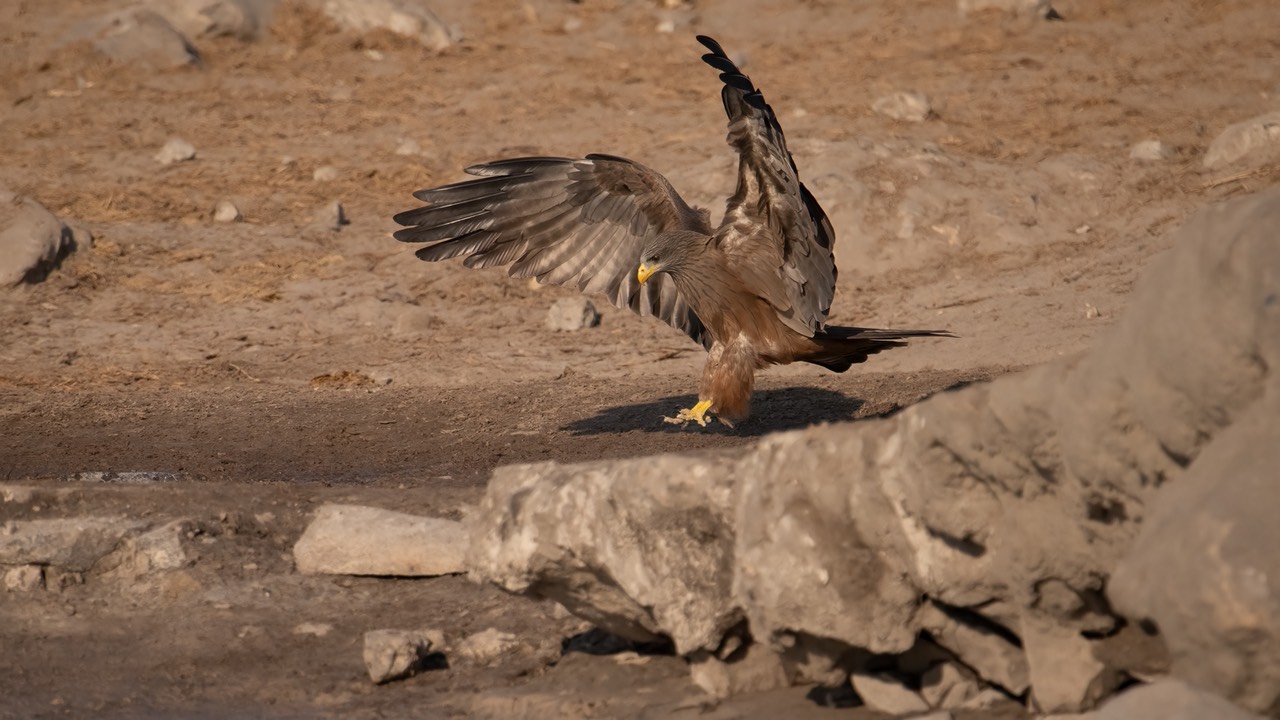
A yellow-billed kite landing near the water hole. Note that all the other birds left the area as he came in. It's one thing to eat breakfast, another to be eaten for breakfast.
A Black-Backed Jackal goes for THE KILL!
That last one got me really excited as I’ve never gotten an image of a kill in progress before. I usually end up with something like the Hornbill image, where the prey is already captured or dead. Unfortunately, as I was saying “I got it” right after taking the image, someone else in the vehicle was saying “It missed it”. I eventually realized that he was talking about what I just said.
After the fact, in looking at the events leading up to that image and beyond, I realized that indeed the hunt had been unsuccessful.
I noticed a Jackal actively chasing doves so I started following it. The time of this first image was taken at 07:47:37 am.
You can see in the next few photos, it was actively hunting.
Botswana - Chobe - Savuti -20230929-0747-AnthonyMedici-Z90_4539.jpg
Botswana - Chobe - Savuti -20230929-0747-AnthonyMedici-Z90_4547.jpg
Botswana - Chobe - Savuti -20230929-0747-AnthonyMedici-Z90_4557.jpg
When I saw the lunge and snap of the jaws, I started a burst of the action.
My reaction to start the burst was a little slow. I seem to remember seeing more than what I ended up with for images. However, it is clear to me that I would have gotten nothing if I hadn’t actively been following the jackal thru the camera at the time. The burst was at 20 fps with the first of that burst being taken 62 seconds after I started actively following the jackal with my camera. The first image in the burst had the dove coving the eye of the Jackal with a mound blocking part of the Jackal. So the second one seemed reasonable to me as the KILL shot with a bird flying away, a bird in the mouth and one eye visible.
It wasn’t until later that I went through the images that I realized that it was a failed hunt.
It took less than 1/2 second for the Z9 to take image 4567 to 4575. And although a lot of the action was blocked by the mound, it seems obvious to me that the bird with no tail came out of the jackals mouth and survived the encounter minus a lot of feathers. So 4575 might be the real story shot, a jackal with a mouth full of tail feathers and a bunch of feathers in the air.
[This sequence is pretty typical, actually. The most successful hunter in Botswana is the Wild Dog. They are said to have a 90% success rate, and that's mostly because they target larger animals and just wear them out chasing them. It's a stamina game, and the dogs always win. The Jackals are more like lions, in that they have a very quick burst speed, but tire quickly. If they manage to make the kill on a quick thrust, it will be successful, but if they miss the target even a little bit, the prey will get away. It's fairly common to see impalas with hind quarter scars and birds with missing tail feathers. That's what being even a fraction of second late can cost the burst speed predators. One of the primary reasons to be out on safari at the tail end of the season when it's dry is that it gives you many more chances to see these things in action. That's because water sources are scarce, and everything has to come to the water at some point. You tend to see predators nearby the water hole waiting for likely targets, with prey trying to stay aware of the hungry ones and keep just far enough away that they can make a quick escape.]
Continuing North
The crews message comes in earlier than expect as they indicate that they are north bound for Chobe to set up our new camp in Chobe. Soon we have finished up with our final images from the area, put the tops back on the vehicles to keep the sun off us and start our 4 hour (or so) drive to the northern parts of Chobe National Park.
We know we’ve arrived when we see the “Elephant crossing” signs.

We stop at an overlook location for lunch around 1 pm and see if we can get any images of the distant but plentiful wildlife.
[Tony seems to forget that at lunch we had so many pelicans around that it was almost impossible to photograph them. For instance, this:

From my far left to the river bank on the far right, this is the big-beaked chaos we saw. Want to photograph a pelican in flight? Well, there will be many wandering around in the water and shore behind them. Very challenging, to say the least.]
Once we finished lunch, we once again head north until the guides feel that we are close enough to camp to open the top back up and get back to safari mode as we head for camp. By 3:30pm or so, we back to stopping frequently as opportunities present themselves more frequently.

Remember it’s late September here in the Serondella area of Chobe, so there are some migrants that aren’t found further south. For instance, the Southern Carmine Bee-eater:
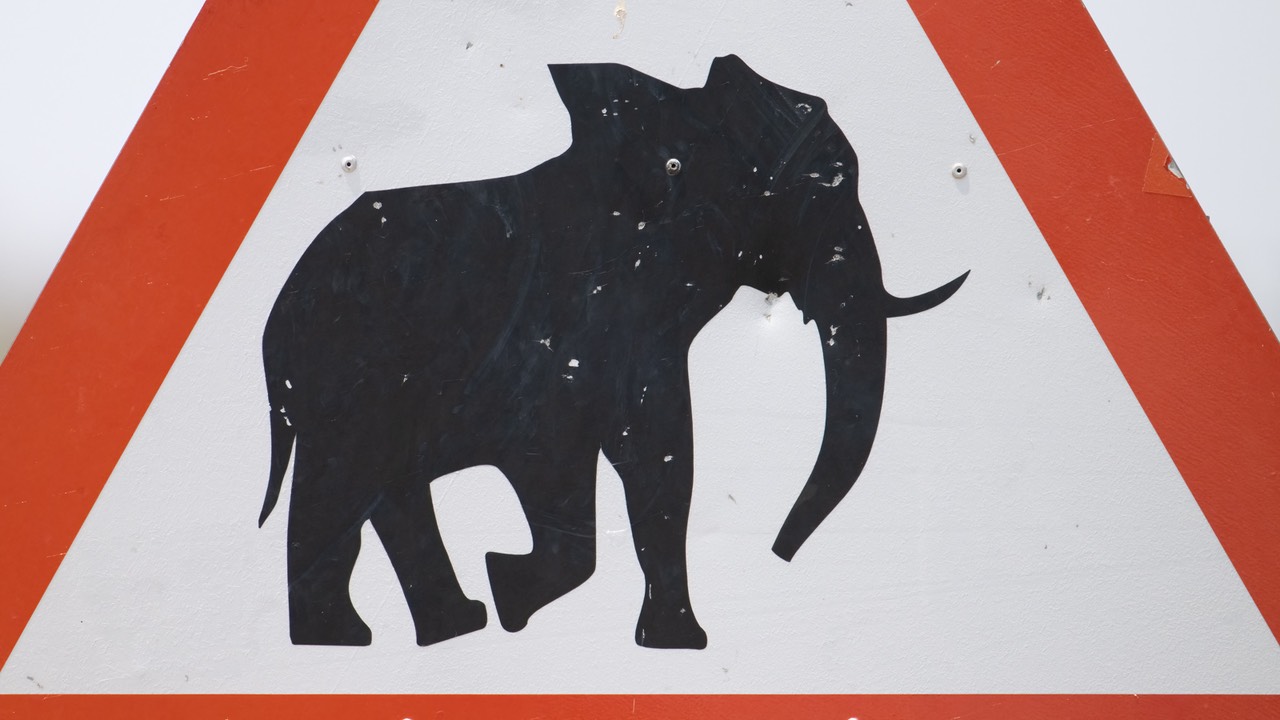
And it’s good to see we haven’t lost our luck in finding lions!
And to end the day, I photographed a male Giraffe as we drove up the track to camp.
Despite all the things to photograph, we got to camp about an hour earlier than usual which gave us a chance to learn the new layout of our camp, clean up and reorganize our stuff heading into our only full day in the Serondella area. All total, we were in safari mode for almost 11 hours straight, so it's been a long day, to say the least.
